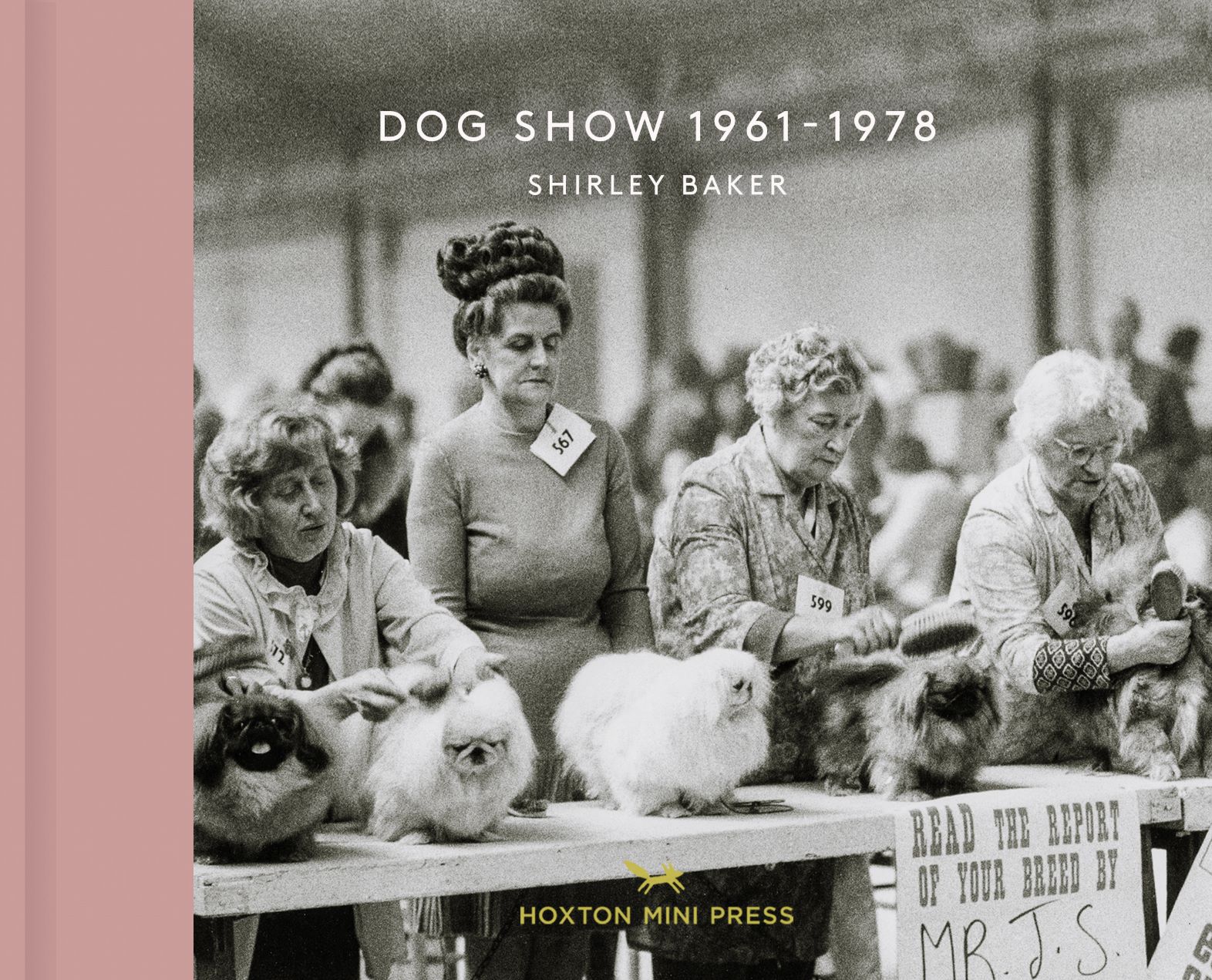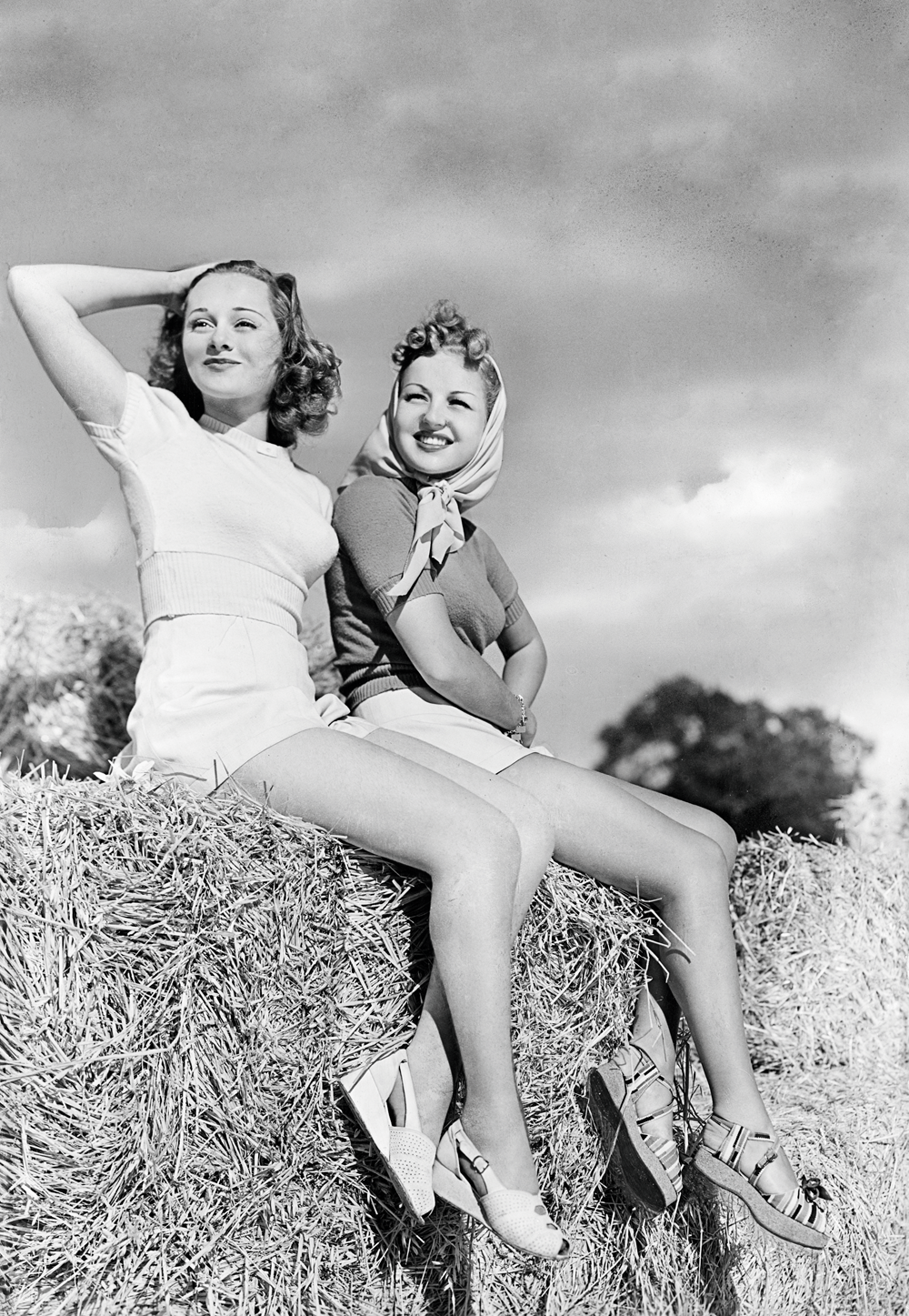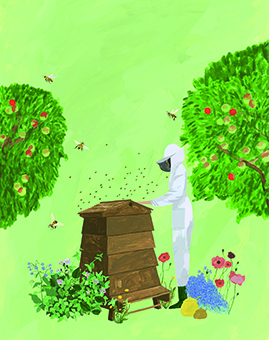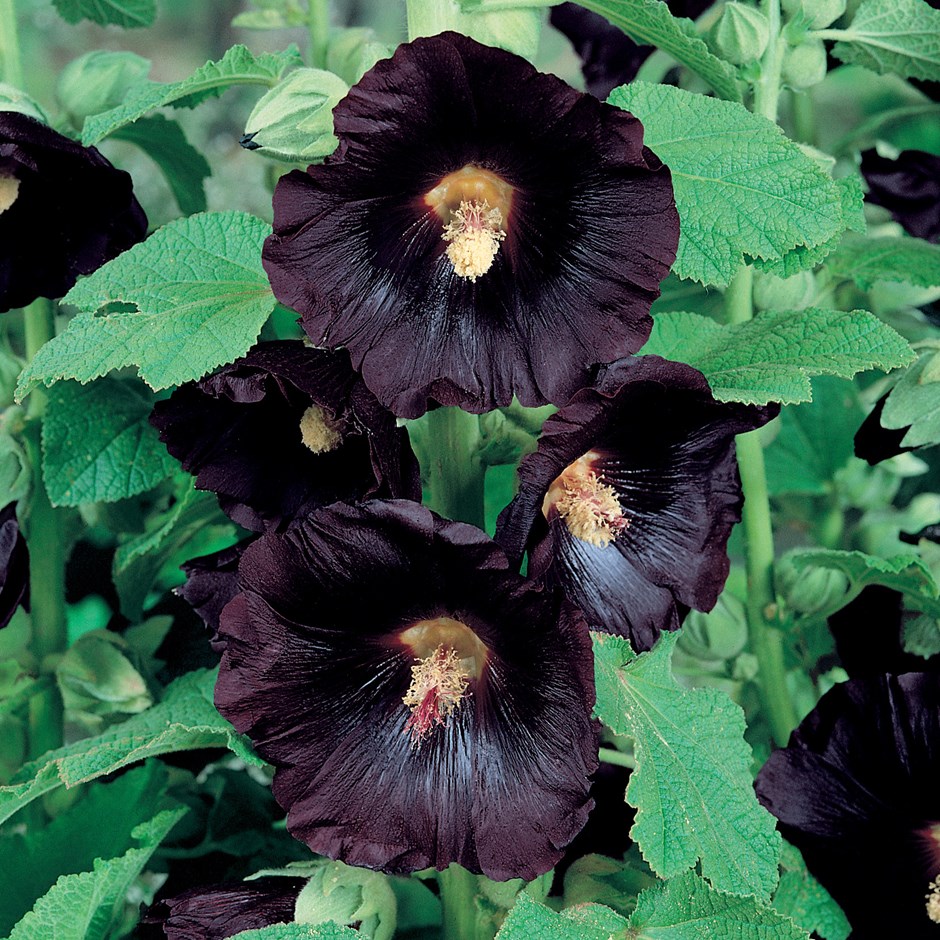Do thoughts of delicious food bring out the hulk in you when hungry?
If you know someone who suffers from ‘hanger’ (the condition of becoming particularly irritable when hungry), it might be time to cut them some slack. Or perhaps just cut them a slice of cake. It may sound like an excuse to either fly off the handle, or snack at will for the sake of peace, but scientists say ‘hanger’ is a genuine phenomenon.
Sophie Medlin, lecturer in nutrition and dietetics at King’s College, London, told Radio Four’s Woman’s Hour recently: “We’ve long recognised that hunger leads to irritability, but the wonderful world of social media has merged the two words and we now know it as ‘hanger’.”
And (here comes the science bit) “When our blood sugars drop, cortisol and adrenaline rise up in our bodies - our fight or flight hormones.” These then cause the release of neuropeptides, which affect the way the brain works. “The ones that trigger for hunger are the same ones that trigger for anger and rage. So that’s why you get that sort of same response,” she explains.
So now you know.
And if all that has made you hungry, well, we wouldn’t want you to leave in a bad mood. Please enjoy this recipe for Crunchy Indian Spiced Chickpeas (pictured above), which appears in our November issue and is taken from Sight, Smell, Touch, Taste, Sound: A New Way to Cook by Sybil Kapoor, (Pavilion) with photography by Keiko Oikawa.
Crunchy Indian Spiced Chickpeas
Makes 2 bowls
1 x 400g can chickpeas, drained and rinsed
¼ tsp ground turmeric
¼ tsp chilli powder
¼ tsp ground cumin
¼ tsp ground coriander
¼ tsp amchoor powder (dried sour mango), optional
1 tsp fine sea salt, or to taste
1 tbsp cold-pressed sunflower oil
½ tsp lemon juice, or to taste
1. At least 30 mins before cooking, rinse, drain and pat dry the chickpeas on paper towels. Spread them out in a single layer on a plate.
2. Preheat oven to 200C/Fan 180C/Gas 6. Mix the spices and salt in a small bowl.
3. Place the chickpeas and oil in a separate bowl and mix well, before adding the spice mixture. Toss until completely coated, then tip onto a non-stick baking sheet and spread the chickpeas into a single layer.
4. Bake for 35 mins, giving the tray the odd shake. If you prefer your chickpeas floury inside, remove after 35 mins. If you prefer them crunchy throughout, turn the oven off after 35 mins and leave inside for a further 15 mins.
5. Once done, leave the chickpeas in their roasting pan and season with the lemon juice. Leave until cold, then serve as needed.
These make a great snack for a chilly November evening. We recommend serving them with friends and your choice of drink, and our November Playlist, all about food, on in the background. Feeling calmer yet?... Good.










































































